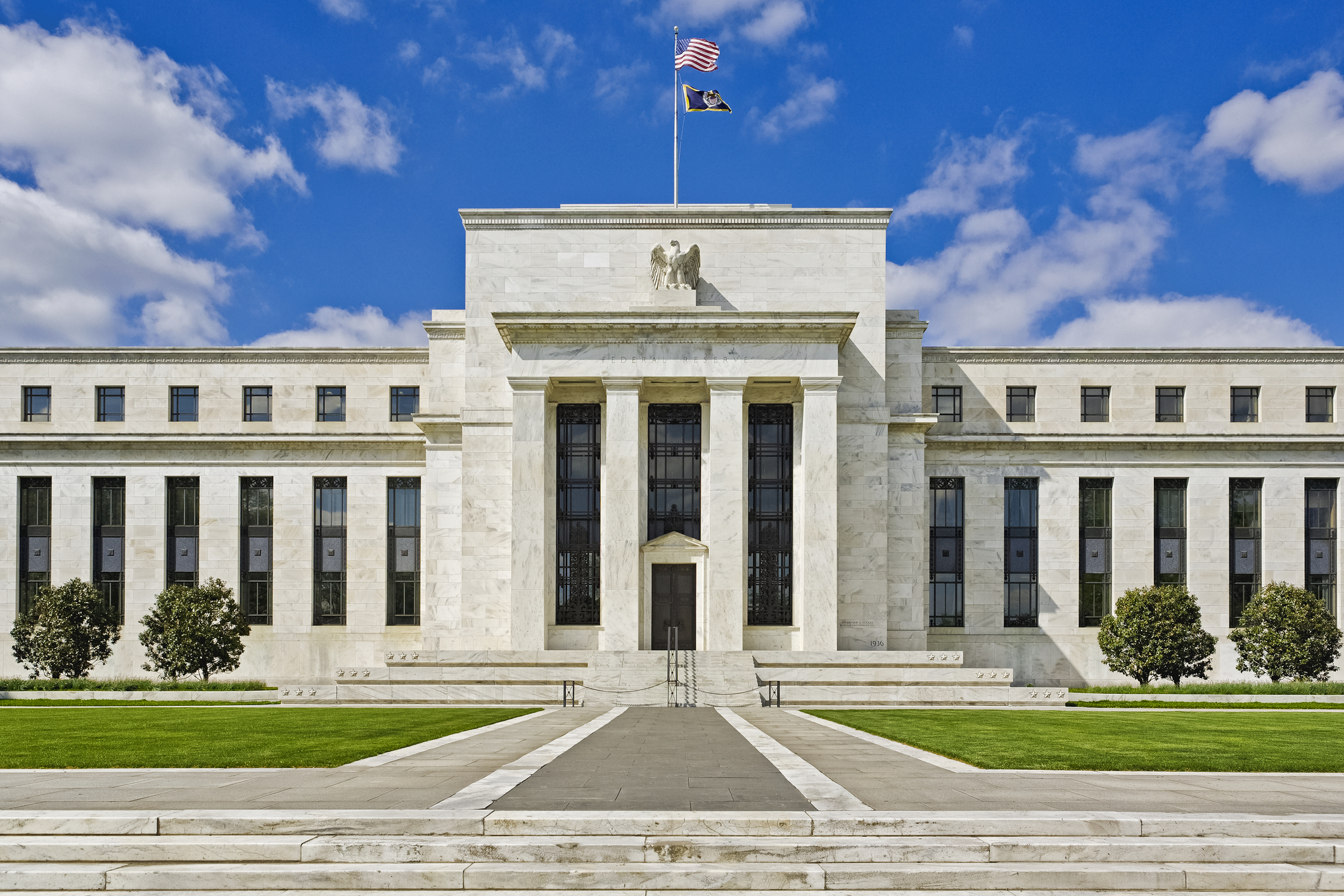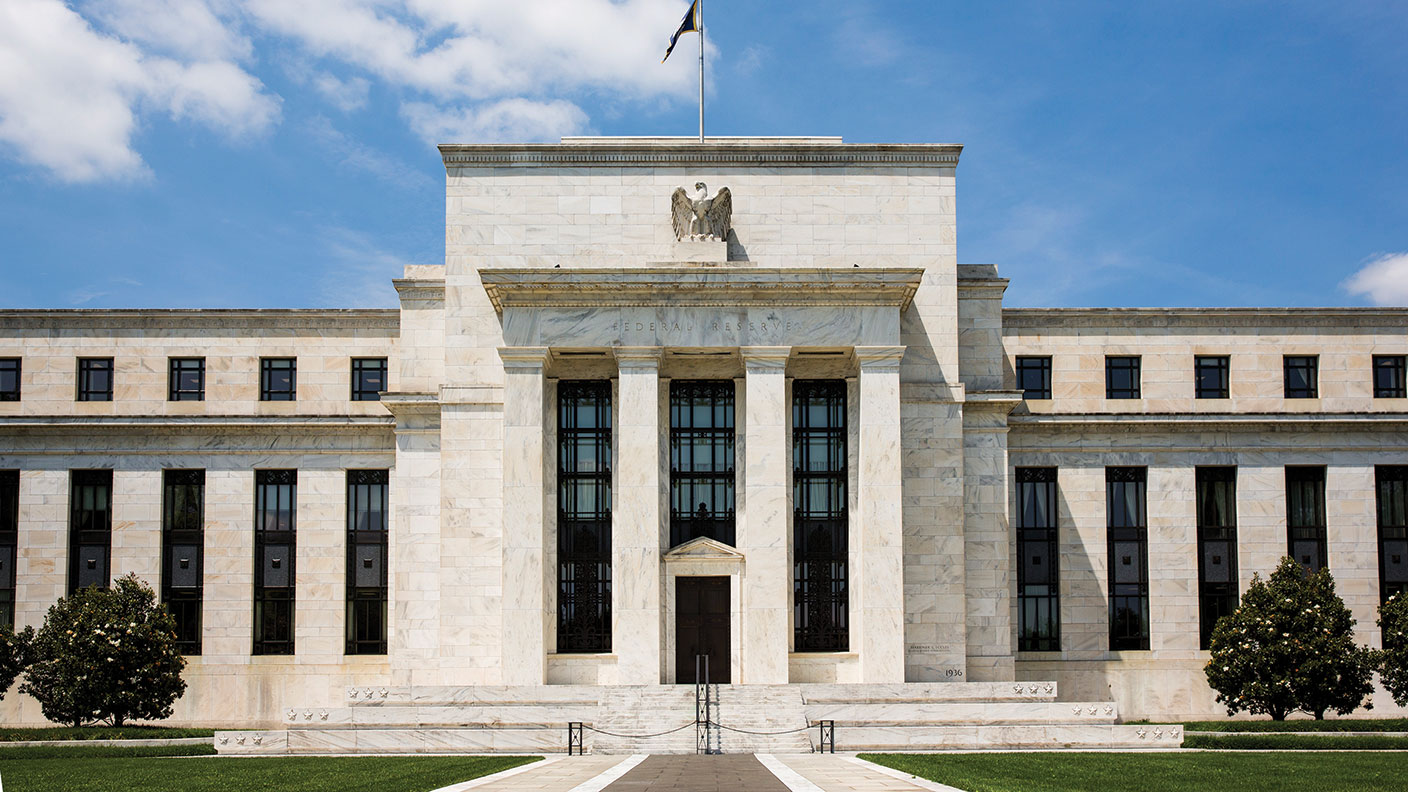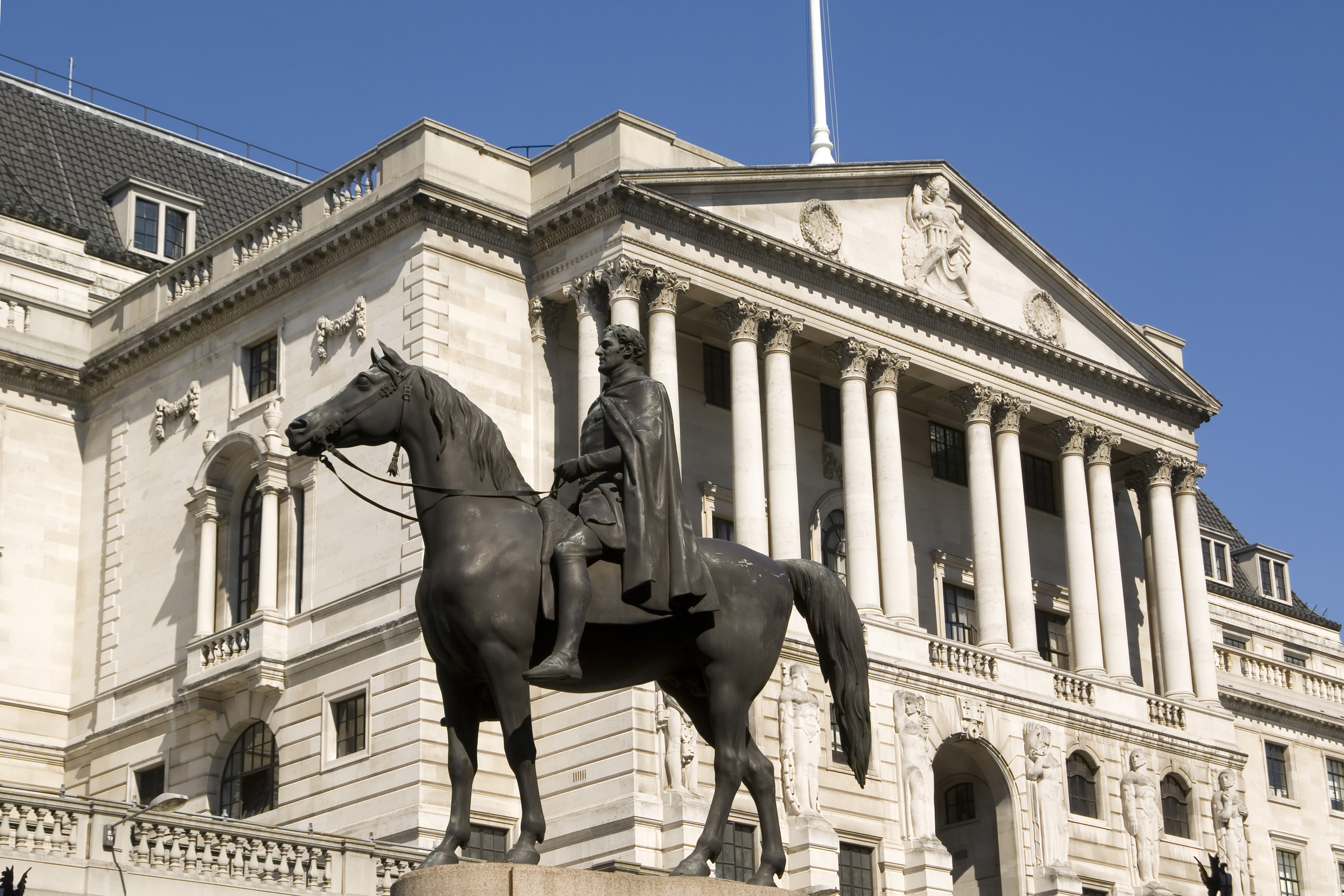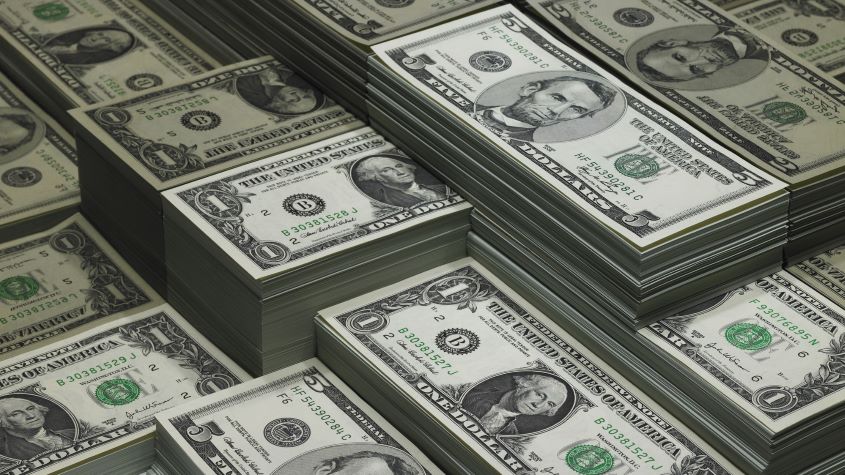China's most toxic export
Americans are getting worked up about one potentially poisonous import from China - toys with leaded paint. But they have yet to notice an even greater threat: inflation.
Americans are getting worked up about one potentially poisonous import from China toys with leaded paint. (See: China's grim toy story.) But they have yet to notice the most poisonous import they will get from China inflation. Just when the Federal Reserve is printing yet more greenbacks to save Wall Street's hide, numbers are coming out of China which suggest that money here is also far too loose.
Having exported monetary inflation to China via its US$700 billion trade deficit and low interest rates, the US is about to be on the receiving end of a payback in kind.
Both countries like to point fingers at the other but both are guilty of failing to face up to the need for tighter money and a sustainable balance between savings and investment.
MoneyWeek
Subscribe to MoneyWeek today and get your first six magazine issues absolutely FREE

Sign up to Money Morning
Don't miss the latest investment and personal finances news, market analysis, plus money-saving tips with our free twice-daily newsletter
Don't miss the latest investment and personal finances news, market analysis, plus money-saving tips with our free twice-daily newsletter
Just look at the recent numbers. China announced last week that consumer price inflation hit a 10-year high of 5.6 percent. Meanwhile the latest figures out of the US showed prices of imports from China rose 0.4 percent in July, making a gain for the past 12 months of 0.9 percent. That may not seem much but it comes on the heels of years of declining prices of imports from China. Nor can this be regarded as a one-off event. Most likely it is the beginning of a sustained rise fuelled by a combination of factors.
They include: the continued gradual, if far too slow, appreciation of the yuan against the dollar; the continued high prices of most raw materials, which only gradually flow through to finished goods prices; rising wage and other costs in China which have been far outrunning either productivity growth or the ability of manufacturers or US importers and retailers to accept lower margins.
Nor is China's inflation caused, as sometimes suggested, by random short-term influences such as floods or outbreaks of blue ear disease among pigs. Inflation is becoming entrenched for internal and external reasons. Internally, the baby steps that the government has taken to restrain monetary growth have had minimal effect in the face of investor exuberance, capital inflows and a massive trade surplus. Money supply continues to grow at around 18 percent.
Despite four raises this year, deposit rates are a mere 3.6 percent and though some lending rates have now reached 7 percent, housing loans are still a mere 4.59 percent, hardly a deterrent to speculative buying, particularly when banks' lending practices remain extremely loose despite the inflated claims that they have been cleaned up. (The bullish nonsense of the western investment banks that brought the major mainland banks to Hong Kong and foreign stock markets will doubtless be a matter for litigation in the future).
On the domestic side too there is the follow-through in terms of wage demands from the escalation of food and housing prices and a degree of social pressure on fat-cat party authorities, fresh from gambling jaunts to Macau, to allow workers a nibble at the fruit of today's prosperity. Reliable estimates of average wage increases are hard to come by, but a range of 10-20 percent is widely reported by companies in the main export manufacturing regions.
Again this does not look like a one-off phenomenon if only because of the importance of food prices to the Chinese consumer. Try as it might, with its integration into the world economy, China has been unable to prevent the global rise in food prices from flowing through to its prices. Those of meat and eggs, symbols of a richer lifestyle, have risen particularly sharply. (You can read more about the rising cost of food in China here: How to play rising Chinese food prices)
But almost all basic foodstuffs have seen huge increases in global prices. Wheat as big a consumption item as rice in China hit an all-time high this week. Rice, sugar, corn and vegetable oils, though off their yearly highs, are still 50 percent or more above year-ago levels as supply fails to keep up with the additional strain of demand created by bio-fuels and rising incomes in the developing world.
The food price issue is far more important for Chinese inflation than energy or metals, both of which may have already peaked and could decline as the US economy slows. The government is making vain efforts to hold prices down. Premier Wen Jiabao has been resorting to rhetoric, while other officials threaten groups from noodle makers to meat traders who have increased prices sharply. But China is no longer a command economy. Words are now just words.
Chinese inflation may not necessarily flow through to increased prices for US consumers. Much of what China exports to the US is simply assembled there from parts made in Taiwan, Japan, Korea, etc, none of which face significant inflationary pressures. However, to a varying degree they all have been experiencing currency appreciation. No one can escape global rises in metals, rubber, plastics and other material prices and Asian suppliers may well have plenty of room to increase prices because their currencies have appreciated by much less than their European competitors.
Prices can and will be held down to aim for market share. But there are limits. And in the US there are limits to the statistical sleight of hand used to make consumer price increases appear less than they are. (The two main ones are: hedonic pricing by which items such as computers are deemed to have fallen in price because efficiency has increased even if the ticket price remains the same; and chain-weighting of price index components by which consumers' shopping baskets are deemed to shift from a product which goes up in price to one which does not).
But taking all factors into account it seems very likely that the China effect will contribute significantly to keeping inflation running up against the limits that the Fed has deemed acceptable. Federal Reserve chairman Ben Bernanke was right when at the Federal Reserve Open Market Committee on August 7 he focused on the continuing inflation threat. Since then he has been stampeded into appeasing the enraged bulls of Wall Street by cutting the discount rate and pumping newly created money into an already bloated system.
But Bernanke will have to learn the hard way that he has two choice. Either follow the sound-money principles of Greenspan's predecessor Paul Volcker and be prepared to see recession as the price of longer price and currency stability. Or take the easy way out today, but risking being damned by history.
By Philip Bowring for the Asia Sentinel, www.asiasentinel.com
If you have any comments about this piece, please email editor@moneyweek.com
Get the latest financial news, insights and expert analysis from our award-winning MoneyWeek team, to help you understand what really matters when it comes to your finances.
MoneyWeek is written by a team of experienced and award-winning journalists, plus expert columnists. As well as daily digital news and features, MoneyWeek also publishes a weekly magazine, covering investing and personal finance. From share tips, pensions, gold to practical investment tips - we provide a round-up to help you make money and keep it.
-
 My 6.5% Nationwide regular saver is due to mature - what are my options?
My 6.5% Nationwide regular saver is due to mature - what are my options?Nationwide’s 6.5% regular saver is due to mature for those who opened one last year. Here is what you can do now to make the most of your savings
-
 Leading European companies offer long-term growth
Leading European companies offer long-term growthOpinion Alexander Darwall, lead portfolio manager, European Opportunities Trust, picks three European companies where he'd put his money
-
 'Governments are launching an assault on the independence of central banks'
'Governments are launching an assault on the independence of central banks'Opinion Say goodbye to the era of central bank orthodoxy and hello to the new era of central bank dependency, says Jeremy McKeown
-
 Do we need central banks, or is it time to privatise money?
Do we need central banks, or is it time to privatise money?Analysis Free banking is one alternative to central banks, but would switching to a radical new system be worth the risk?
-
 Will turmoil in the Middle East trigger inflation?
Will turmoil in the Middle East trigger inflation?The risk of an escalating Middle East crisis continues to rise. Markets appear to be dismissing the prospect. Here's how investors can protect themselves.
-
 Federal Reserve cuts US interest rates for the first time in more than four years
Federal Reserve cuts US interest rates for the first time in more than four yearsPolicymakers at the US central bank also suggested rates would be cut further before the year is out
-
 The Bank of England can’t afford to hike interest rates again
The Bank of England can’t afford to hike interest rates againWith inflation falling, the cost of borrowing rising and the economy heading into an election year, the Bank of England can’t afford to increase interest rates again.
-
 Interest rates held at 5.25% again
Interest rates held at 5.25% againThe Bank of England has kept rates at 5.25% again, in a widely anticipated move. We look at what it means for your money - and what the Bank’s next move could be
-
 US inflation rises to 3.7% as energy prices surge - will the Fed hike rates?
US inflation rises to 3.7% as energy prices surge - will the Fed hike rates?US consumer price index rose in August but markets do not expect a rate hike this month
-
 The debt ceiling illustrates America’s empire of debt
The debt ceiling illustrates America’s empire of debtOpinion The US has never quite got the hang of the conquering business as the debt ceiling debate shows.

